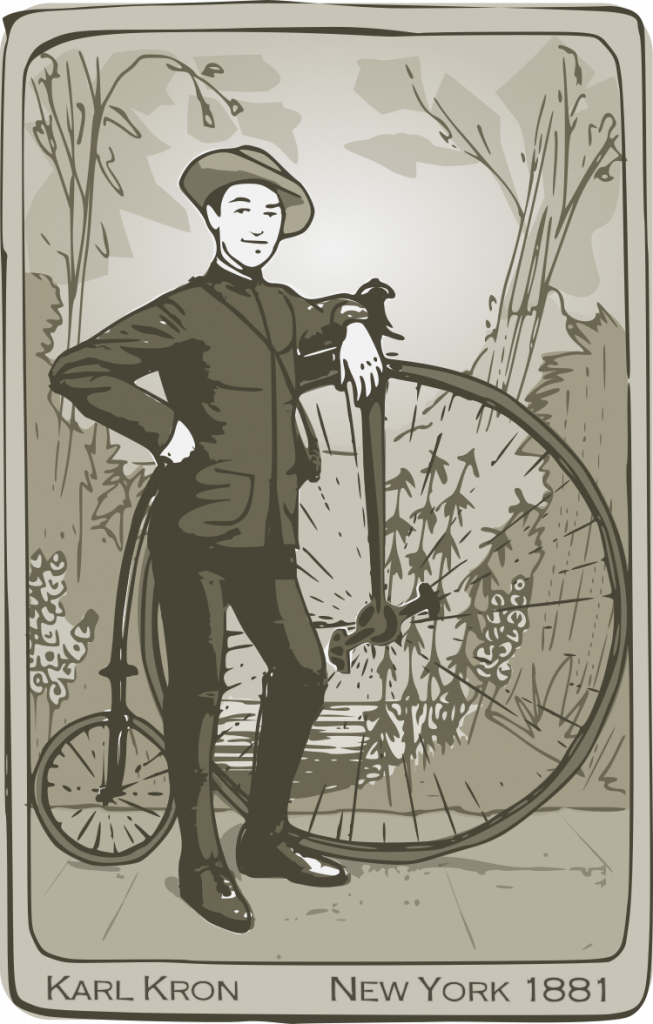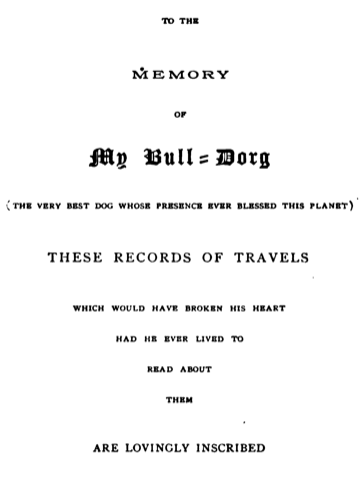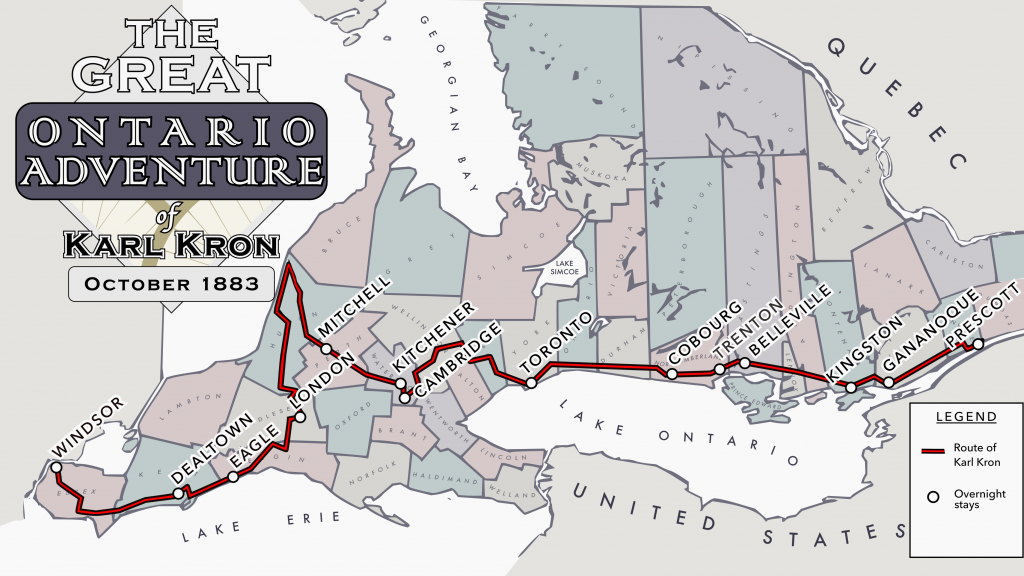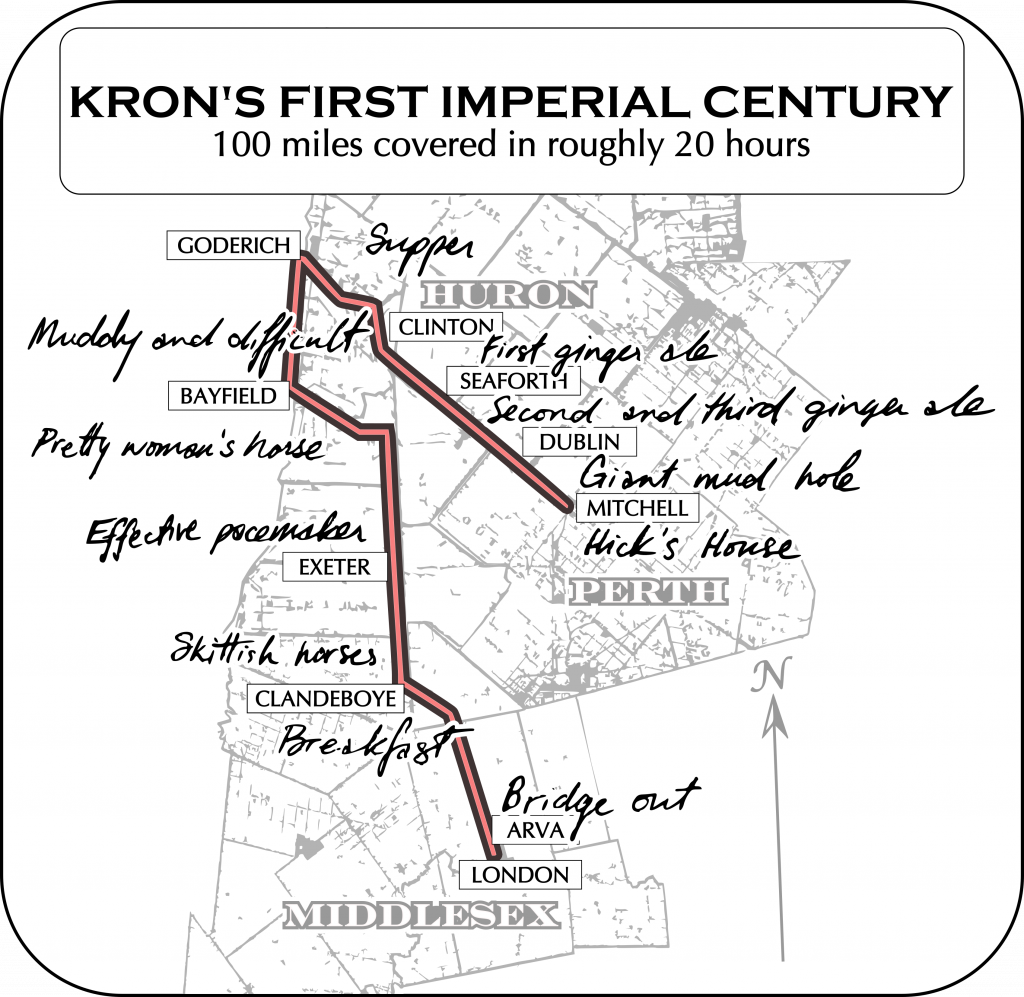[translation:Gerry Pareja, Vancouver]
The broad outlines of the structure of les Randonneurs Mondiaux appear in the constitution; of course, it is about the brevets validated by Audax Club Parisien (200, 300, 400, 600 and 100km). The general assembly of les Randonneurs Mondiaux is scheduled every 4 years following Paris-Brest-Paris. There are elections for president, vice-president and renewal of the trasurer’s mandate. To be validated , events must appear in the ACP calendar (published every year at the end of December). As noted above, the first President is Robert Lepertel (then ACP president), John Nicholas is Vice President and Jacques Delava is Treasurer.


The name les Randonneurs Mondiaux was adopted bt 7 votes to one for International Randonneurs.
In 1987 because of dissention in England, we had two Audax United Kingdom representatives at the GA with John Nicholas (not Noel Simpson) holding the vote. This did not change the result, as J.C. Muzellec, who stood for election to prevent a split, was elected unanimously on the first ballot.Francesc Porta was chosen Vice President and Robert Lepertel replaced Jacques Delava as Treasurer.
Several important developments took place between 1983 and 1987. J.C.Muzellec was instrumental in adding Denmark, Norway and Finland to the ranks of brevet organizers, being the official representative for the first two, with Paavo Nurminen of Finland, who had just completed PBP, joining the table but without a vote yet.
Gerry Pareja asked us to allow the various Canadian provinces to correspond directly with ACP . We acceded to this request, but we quickly realized that we could not generalize it because it created a lot of additional work that we were not in a position to take on, e.g. verifying itineraries, (even given local road maps, is very complicated) and more mail. This is why we have not agreed to expand this further.
First Ontario, the Prairie Randonneurs of Saskatchewan, Rocky Mountains of Alberta and Club Vélo Randonneurs of Montreal, Quebec joined over the years. This bought us new and long-lasting friendships, but as with anything else, it is good to know when to stop.
The British Columbia Randonneurs Cycling Club, which started out with four members (G.Pareja, J.Hathaway, D.McGuire and Wayne Phillips, who was later disabled for life in a tragic crash with a vehicle), grew and quickly climbed up the ranks asone of the most active members.


The United States, led by J.Konski, also grew strongly and quickly thanks to his efforts, later to be criticized mainly because he wanted to to everything alone. However at the start, he had a fair number of members of IR (International Randonneurs) and above all some twenty states that backed him. For us James was a long-time friend (’75 PBP), and he is the one that turned the USA on to the open-speed formula.
Later, we witnessed the birth of RUSA;(Randonneurs USA) but more about this below. James Konski’s seminal work was to bear fruit, to be expected when the land is well plowed and seed well planted.
John Nicholas bitterly resigned his post to a new AUK Committee which included Noel Simpson. AUK has grown steadily to reach the current level of about 3000 members. The leaders keep busy with event planning (with several offshoots of ACP events:e.g. fléches, hill climb brevets, and later an Arrow to York, modelled on the Fléche Vélocio with the same rules, following the example of various national Fléches (Australia, Canada, Nordiques, USA etc.).
During his 4-year mandate, J.C.Muzellec got the Germans interested and encouraged the Belgians to get the Dutch to join up. Several years later, Germany sponsored Austria.
To wrap up J.C.Muzellec’s term, Ireland joined the RM family. An important protocol was signedby J.C. Muzellec and ACP’s President J.C.Massé. **
In 1991, the General Assembly elected Francesc Porta (Catalonia/Spain) President, with Gerry Pareja (Canada) as Vice President. R.Lepertel stayed on as Treasurer.
Francesc was not very active, in part due to his job, as a professor at the University of Barcelona, where the discovery of a mammoth was to keep him busier than first thought and family problems did not help a bit. Therefore, we had few or no outside contacts. Gerry Pareja also had work constraints. There was neither fax nor e-mail at that time, and long gaps between letters. Having received orders, I produced more than a thousand pins for the tenth anniversary of the RM after sending Francesc and Gerry brief notes. This generated a bit of cash flow; happily there were practically no expenses.
In 1991 there was a double anniversary: 100 years of PBP and 70 years of ACP open-speed brevets.Both events yielded great results, with PBP surpassing 3,000 entries and we registered well over 25,000 brevets over the traditional distances, with 300 brevets of 100km (3rd best performance of all time).
The Russians expressed an interest in joining the RM, with Valery Komotchkov of Velo Club Orion (Volgograd) becoming the contact person for Russia. They were to face enormous challenges in view of the country’s economic sutuation, but Valery’s guts and iron will carried them through the difficult phases.
In 1995 the General Assembly was held at France Miniature near St Quentin en Yvelines.
Three candidates ran fro the Presidency: Réal Prefontaine from Canada, James Konski from International Randonneurs USA and Jennifer Wise, representing the RM sanctioned Boston-Montreal-Boston. On the second ballot, Jennifer Wise received the majority of votes. Réal Prefontaine well versed on the issues, became Vice President, replacing Gerry Pareja who had chosen not to run.


It was natural for the presidency to move to one of the nine founding countries. R.Lepertel kept the treasury, mainly for reasons of cost for the members, who receive just one invoice at year’s end for ACP brevets, medals, RM dues and charges which can be paid with a single cheque, thus resulting in lower costs for all concerned.
This new team transformed the RM. Given the President’s energy, very frequent contact with the Vice President and the Treasurer, and taking the time to document points which might have remained obscure, benefitting those who may come later without knowing where it all started. We even held one three-way telephone conference for important issues.
A special Randonneurs Mondiaux medal for 1200km brevets was created with Jennifer and Réal’s acquiescence. I took charge of dealing with the maker and got very good terms, including delivery to the USA
We saw more development of brevets of 1200km and longer. Several new countries joined us (South Africa,Ukraine, Bulgaria and Costa Rica). In sum, a superb four-year term, bringing forward its momentum to 1999, when Réal Préfontaine took the position of President
At the General Assembly of 1999, in addition to the President, Don Briggs of Australia was elected, also unanimously, to the position of Vice President, R. Lepertel remained Treasurer, as ever, for the same reasons given above. Unanimous approval was given to a motion to include the price of the RM medal in the entry fees for brevets of 1200 km or longer, but keeping the 10FF fee to cover verification and validation of each brevet, and relevant shipping costs.
The General Assembly adopted relaxed time limits, by comparison with the 90 hours allowed for 1200 km brevets, for brevets of 1400 and 2000 km; this is natural. In fact, the overall average was lowered (12 km/h for 1400 and 2000 km events).
Réal Préfontaine oversaw the birth of the 2000-km brevets to welcome the year 2000. While there were only three such events, their very existence is worth recalling; 44 randonneurs earned the brevet, including 2 women: Birgit Henriksen and Ulrike Frost.
E-mail has shortened distances; nowadays more than 90% of RM’s contacts use e-mail. Collaboration amongst the President, Vice President and Treasurer is very close. On Don Briggs’ initiative, an RM jersey is in process. With the arrival of Japan, Brazil, New Zealand (reporting to Australia),Switzerland, Greece, and the expected but unsuccessful entry by Senegal, we now have all 6 continents at the table, and have passed the milestone of 25 member countries.
The workload of Thierry Rivet responsible and for the ACP brevets organized by French clubs, and of Yannis Varouchas, responsible for the foreign clubs, will increase sharply in 2003, year of PBP (Editor’s note: Yannis passed away in January 2003 and Suzanne Lepertel took over his duties for 2003).
In France the numbers of brevets organized in the years between PBP’s drops due to the number and range of events organized by the French clubs. In 2003 some 20,000 foreign brevets will be validated all of which will add up to a reasonable prediction of a total of some 35,000 brevets.
To everyone at all levels who have given of themselves to further the cause of randonneur cycling, we give our very sincere thanks.
If someone had told me, 20 years ago, that in 20 years we would be at this level, I would have given him a bemused and suspicious look. ACP’s international fame, the acceptance of its events and rules by randonneurs, now spread across more than 25 countries, fill us with happiness at the work we have done, and proud that we have been able to win others over to our cause.
The work everyone has accomplished is worthy of our respect and our most sincere encouragement to continue on the path agreed upon and forged by all.
Everyone, whether they were founders of the ACP, who participated in its growth or who are witnessing its current frailty, who had the wherewithal to create and develop the long distance randonnée, and all those who carry on with our concepts and our formula are worthy recipients of our big Thank You.
Robert Lepertel, Treasurer, les Randonneurs MondiauxNovember, 2002
**The protocol of agreement between J.C. Massé,president of ACP and J. C. Muzellec, President of les Randonnuers Mondiaux, had the intention of transferring control of brevets of 1200km and longer to the President of RM (the ACP was to limit itself to brevets up to 1000km, plus PBP). The objective of this exception was to push the development of brevets of 1200km and longer,by giving lesRM and their President an additional motivation to respond to requests (which have grown in numbers) and raising the profile of the President’s position in general.








